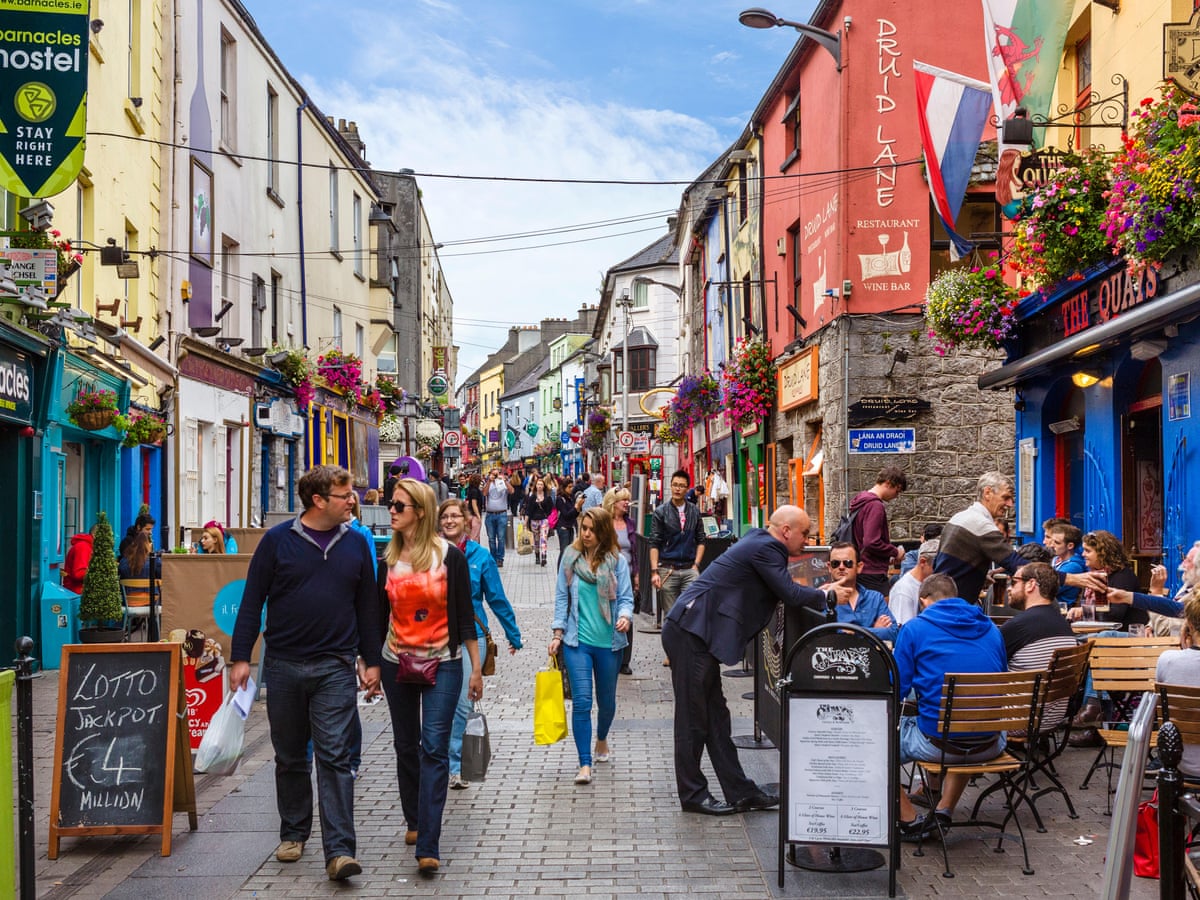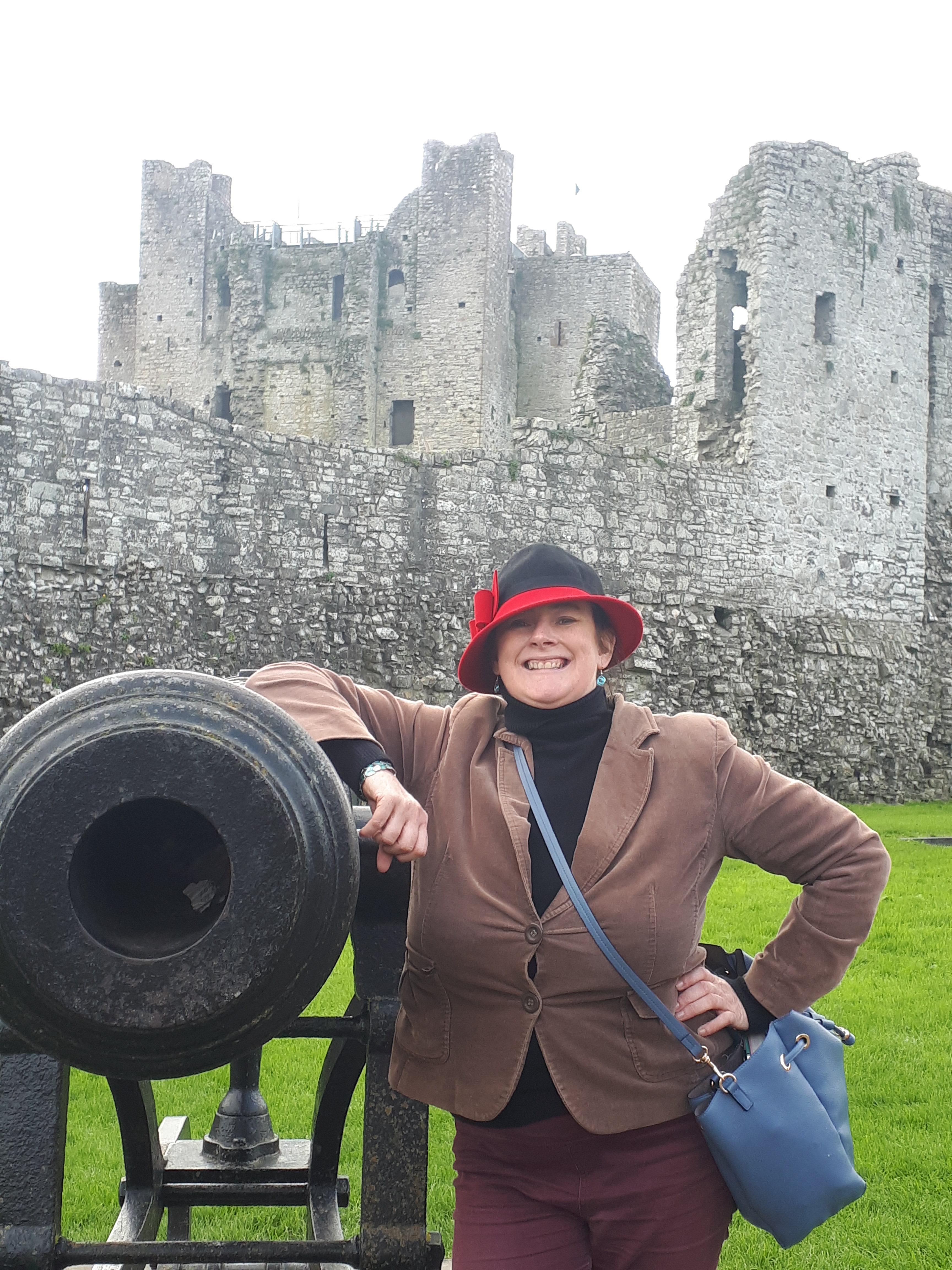Belvedere House:
The Belvedere House was the hunting lodge, Gaulstown was country house and it has a long history of darkness, murder and house nefarious men.
Col. James ‘Prime Iron’ Rochfort, Lieutenant colonel in Oliver Cromwell’s army during the English Civil War was resident at Gaulstown upon his death in 1652. He challenged a Major Turner, a fellow officer to a duel which was said to have been staged at the grounds of Gaulstown House. The major was killed during the duel and Rochfort was charged with murder, and executed, days before his son Robert (2) Rochfort was born. When Robert (2) grew up he would move to the big house with his wife where he lived at Gaulstown until his death. His son George would later inherit the house and live there with his wife and 13 children. His heir was Robert (3) Rochfort who first lived in the house with his wife Elizabeth, she however passed away a year later.
It all started in 1936, when an ambitious aristocrat, Robert Rochfort (1), (later the 1st Earl of Belvedere) decided he wanted to marry again, this time a popular young woman in Dublin artistic circles, the 16-year-old Mary Molesworth when he was 28 years.. She evidently sensed he wasn’t quite the catch he appeared, as she resisted his initial advances, but her family, seduced by his power and great name, arranged the match. For a few years, the relationship worked, and the couple had two children.
From Mary’s page on Find-A-Grave where her story is told where she was buried is unknown:
Saunders’s News-Letter – Saturday 27 August 1785 , p.2 reported her death “At the Black Rock, the Right Hon, the Countess Dowager of Belvedere.”
She was not the only one to suffer though, as Robert took his brother Arthur to court for criminal conversation and was awarded the huge sum of £2,000 in damages. Arthur, unable to pay, fled the country, but on his return to Ireland, he was thrown into Browne’s Castle (used as Dublin’s debtors’ prison at that time, and famous for being “the worst prison in the country”) where he died in 1774, a few months before his brother Robert.
Athlone Castle:
The first real signs of settlement at Athlone grew up in Anglo-Norman times around the castle which was built for King John of England by his Irish justiciar Bishop John De Gray of Norwich. Though not the first castle to be built at Athlone this castle has endured like no other. It is just a short stop on the way to Galway.
Galway city:
Upon arriving in Galway in the afternoon, you can take some time to explore the city before settling into your hotel. You’ll find a plethora of great little shops, museums, restaurants, shopping centers, galleries, and usually music in the streets and pubs for you to enjoy.
Galway Ireland







